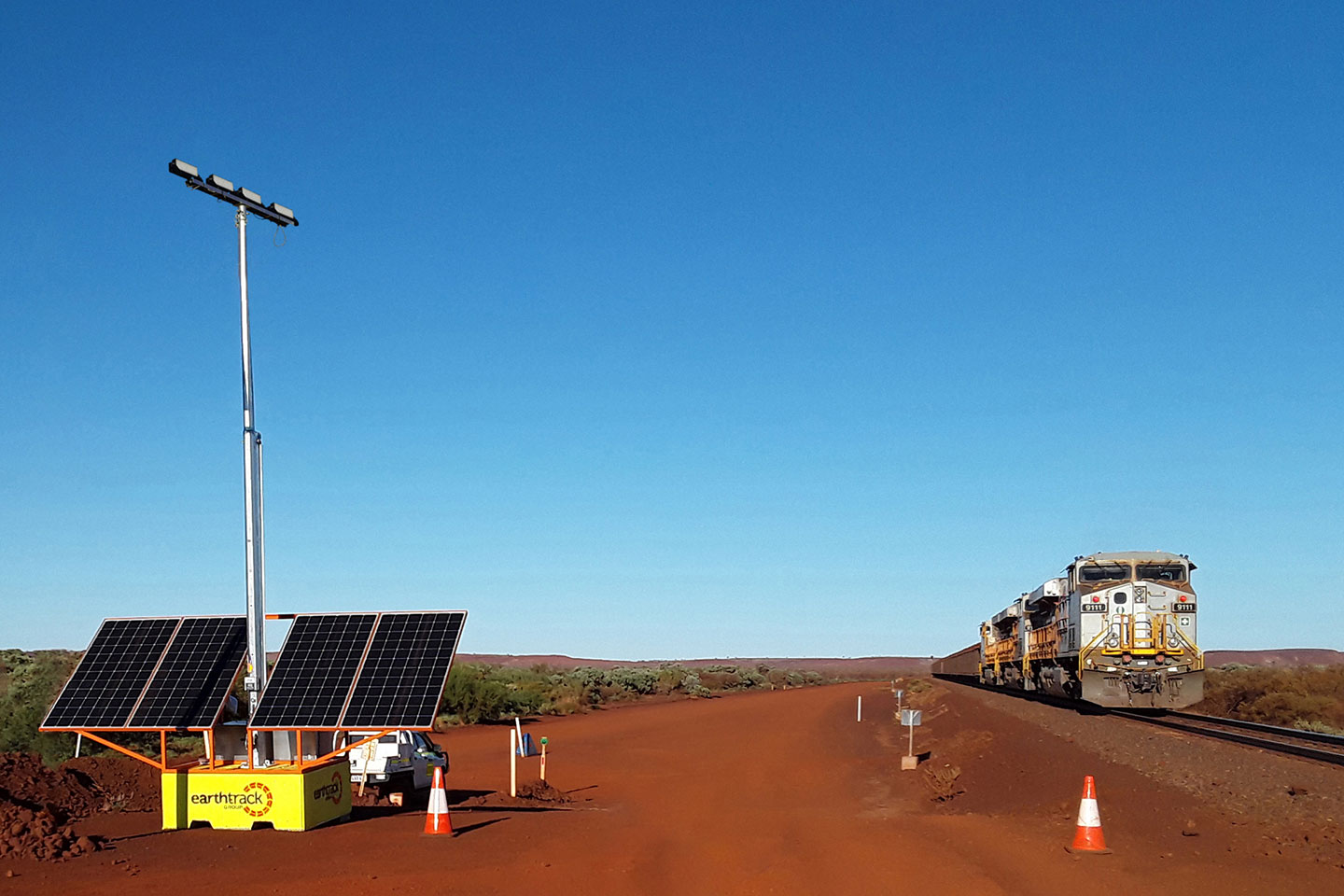

In the ever-evolving landscape of industrial work sites and construction areas, lighting is one of the main factors that impacts both site safety and environmental sustainability. The past two decades has seen more efficient and renewable lighting technologies become common place as sites endeavour to reduce emissions and reach emission targets. But the transition from old to new energy efficient lighting can be rocky with the many aspects needing to be considered to create cohesive lighting that will not negatively impact safety or worker health and performance.
Before embarking on a journey to redesign site lighting, it's essential to take into account the problems that plague the current infrastructure. Earthtrack Group perform regular site lighting audits around Australia and have seen common lighting mistakes across industries and worksites.
“The most frequent thing we see is poor uniformity of light” explains Sales Executive Lawson Baker, “It’s a regular problem on many work sites and construction areas, especially when a site has started transitioning from old halide fittings to LED. The problem arises when a LED’s have replaced an old fittings and the wattages and beam angles have been incorrectly selected causing uneven light distribution or dark areas between fittings. This can impact the safety of a site due to lack of visibility in some areas.” Insufficient lighting of pedestrian is one area where this is commonplace when existing poles have been used and new lighting is retro-fitted.
“Mixed use of colour temperatures is also a thing we see a lot of. When warm colour temperature fittings are mixed in with cool ones it can have the same impact as having dark spots and can even cause headaches and other health issues to workers.”
Light spill is another issue seen regularly. “Light pollution can really disrupt surrounding areas if not taken into account, especially on mine sites where there is close locality of work and accommodation areas, as well as environmental ecosystems which you don’t want to damage”.
Sound emissions is also a factor especially in mining and agricultural areas. “There is still a considerable amount of diesel generators on sites that cause disruption to nearby areas. Changing over to solar lighting towers and other solar fittings removes the need for these for site lighting which is a great bonus and really helps to reduce noise pollution”.
With new more stringent Australian lighting standards Earthtrack also observe lighting that fails to reach current standards which is a major concern. The absence of compliance is not only a danger for the safety of workers but can also result in regulatory complications.
When redesigning site lighting, Earthtrack recommend several key elements be taken into account to ensure that the resulting lighting system is both effective and sustainable. These include the size of the area and it’s usage “It’s important to know what an area is used for as this will determine what and how much illumination is needed. Tailoring the lighting design to the specific use of the space is vital for efficiency and worker health and safety”.
A site's terrain, including hills, valleys, and obstacles also need to be noted of as they can significantly impact the distribution of light. Additionally, neighbouring areas should be considered to mitigate light pollution and damage.
When it comes to sustainable lighting Earthtrack anticipate solar lighting systems to take the lead in the lighting industry. This transition aligns perfectly with Australia's growing environmental consciousness and its determination to reduce carbon emissions. As the country continues to embrace renewable energy alternatives, solar lighting stands out for it’s reliability and efficiency as a light source for streets, industrial and mining spaces paving the way for a brighter and more sustainable future.











